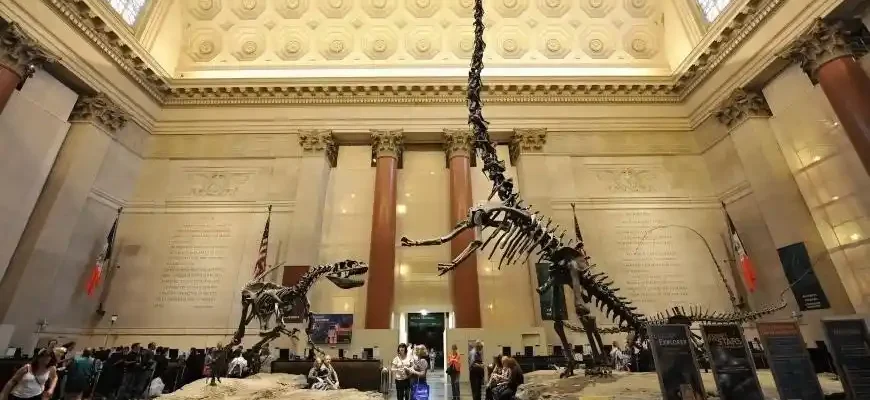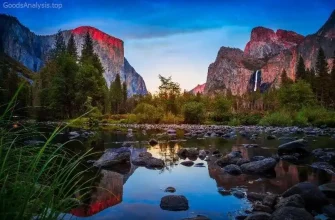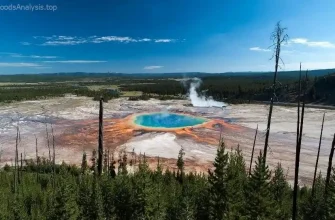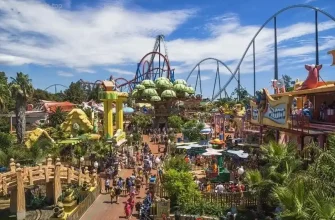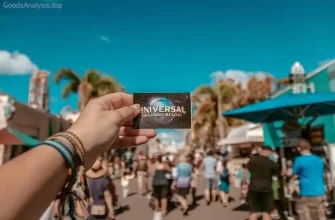The Smithsonian National Museum of Natural History is one of the most iconic and fascinating museums in the world. Located in the heart of Washington, D.C., this museum is a must-see destination for anyone interested in the natural world, from ancient fossils to modern ecosystems. Whether you’re traveling solo, with friends, or with family, this museum offers something for everyone. Here’s your complete guide to visiting the Smithsonian National Museum of Natural History.
What Makes Smithsonian National Museum of Natural History Special?
Opened in 1910, the Smithsonian National Museum of Natural History is home to over 145 million specimens, making it one of the largest and most comprehensive natural history collections in the world. The museum is renowned for its vast and diverse exhibits, ranging from prehistoric fossils to the natural wonders of the oceans, from human evolution to the beauty of gemstones.
Iconic Features and Main Attractions
- The Hope Diamond: One of the most famous gemstones in the world, the Hope Diamond is displayed in the Gem and Mineral Hall. Weighing 45.52 carats, its deep blue color has captivated visitors for generations, and the legend surrounding its supposed curse adds to its mystique.
- The Hall of Fossils: This exhibit offers a journey through time, showcasing an impressive collection of dinosaur skeletons and fossils. Highlights include the full skeleton of a Tyrannosaurus rex and a Triceratops. It’s a thrilling experience for paleontology enthusiasts.
- The Ocean Hall: One of the museum’s most visually stunning exhibits, the Ocean Hall features a giant model of a blue whale suspended from the ceiling, along with fascinating displays about marine life and ocean ecosystems. It’s a great spot to marvel at the diversity of life beneath the waves.
- The Hall of Human Origins: This exhibit traces the evolutionary history of humans, featuring skeletal remains and reconstructions of early hominids. It’s an immersive experience that provides insight into the development of human societies over millions of years.
- The Insect Zoo: Perfect for families, this interactive exhibit allows visitors to get close to live insects and learn about their behavior and importance in the ecosystem. It’s a fun and educational stop for kids and adults alike.
- The Butterfly Pavilion: A temporary exhibit open during the warmer months, the Butterfly Pavilion is a peaceful, lush environment where visitors can walk among hundreds of live butterflies. It’s a serene and beautiful experience that provides plenty of photo opportunities.
- The Sant Ocean Hall: This exhibit features marine biodiversity and showcases oceanic ecosystems with specimens from the depths of the sea. One of the most striking aspects is the massive model of a blue whale that spans the length of the hall.

These exhibits, along with many others, make the Smithsonian National Museum of Natural History a place of endless discovery and wonder.
Visitor Tips & Practical Information
Best Time to Visit
The museum is open daily and sees a high volume of visitors year-round, especially during peak tourist seasons in the summer and over the holidays. If you’re looking to avoid the crowds, try visiting during the early morning on weekdays or later in the afternoon. Weekdays, particularly in the off-season months of January through March, tend to be quieter.
Opening Hours
The museum is typically open from 10:00 AM to 5:30 PM every day. It is closed on December 25th for Christmas.
Ticket Prices
Admission to the Smithsonian National Museum of Natural History is free, making it an affordable and accessible destination for everyone. However, certain special exhibits and IMAX movies may require a ticket, so be sure to check the museum’s website for current prices and exhibit schedules.
Accessibility
The museum is fully accessible, including ramps, elevators, and wheelchairs for visitors with mobility needs. For those who need assistance, the museum offers free wheelchairs at the coat check. There are also several accessible restrooms and family-friendly areas throughout the museum.
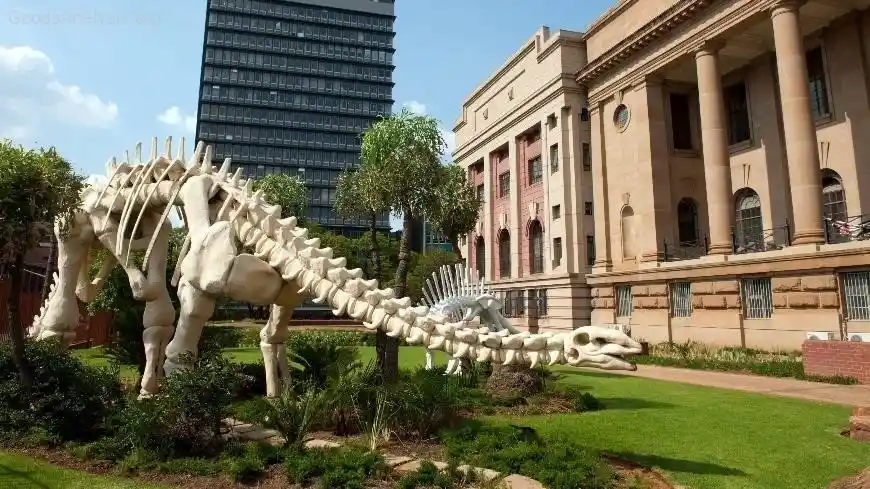
History and Cultural Significance
The Smithsonian National Museum of Natural History was established as part of the Smithsonian Institution, a group of museums, libraries, and research institutions that were founded in 1846 by an act of Congress. The museum’s primary goal is to increase and diffuse knowledge about the natural world. Over its more than 100 years of operation, the museum has become a key institution for research, education, and conservation. The museum’s work is connected to the Smithsonian’s global research initiatives, helping to preserve rare species, fossils, and other natural phenomena.
The museum’s collections also play an important role in advancing science and education. Many of the exhibits and specimens are the result of scientific fieldwork conducted by Smithsonian researchers, making the museum not only a place of learning but also a hub for scientific innovation and discovery.
What to Expect When You Visit
The Experience
When you enter the Smithsonian National Museum of Natural History, you are immediately surrounded by grandeur. The Rotunda, the museum’s grand entrance hall, features the African Bush Elephant exhibit—an awe-inspiring, life-sized replica of a massive elephant that greets visitors as they enter.
From there, you’ll be drawn into a world of discovery. The ambiance of the museum is both awe-inspiring and educational. The layout is expansive, with high ceilings and vast galleries that invite exploration. Each exhibit is well-curated and interactive, making it easy to engage with the displays. Whether you’re peering into the depths of the ocean or marveling at ancient fossils, the experience is immersive and educational.
Instagrammable Moments
With its diverse exhibits and striking displays, there are plenty of Instagram-worthy moments throughout the museum. Some of the most popular photo opportunities include:
- The towering Tyrannosaurus rex in the Hall of Fossils.
- The blue whale model in the Ocean Hall.
- The dramatic, glowing Hope Diamond.
- The serene beauty of the Butterfly Pavilion.
- The majestic African Bush Elephant in the Rotunda.
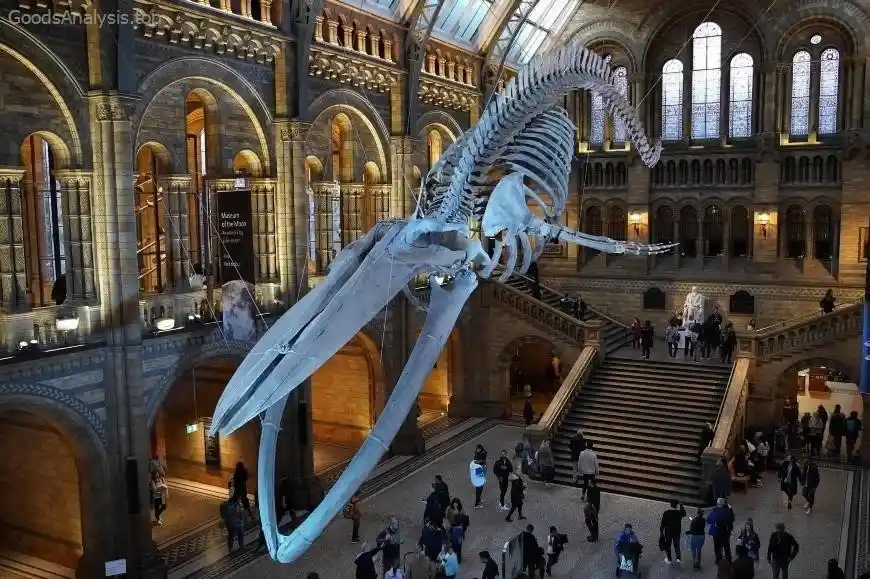
Don’t forget to explore the Botany Hall, which features a gorgeous array of plants, many of which are rare or endangered species. This section offers a peaceful, colorful setting for photos and reflection.
Nearby Attractions and Dining Options
Nearby Attractions
The Smithsonian National Museum of Natural History is located on the National Mall, making it easy to explore other nearby attractions:
- The National Museum of American History: Just a short walk away, this museum delves into American culture, history, and innovation.
- The Washington Monument: A short stroll will bring you to the iconic Washington Monument, offering stunning views of the National Mall.
- The United States Capitol: Located at the eastern end of the National Mall, the U.S. Capitol offers guided tours of the building where Congress meets.
- The National Gallery of Art: Split into two buildings, the West and East buildings, the National Gallery holds a stunning collection of European and American art.
- The Lincoln Memorial: Located at the western end of the National Mall, this historic monument honors the 16th president of the United States.
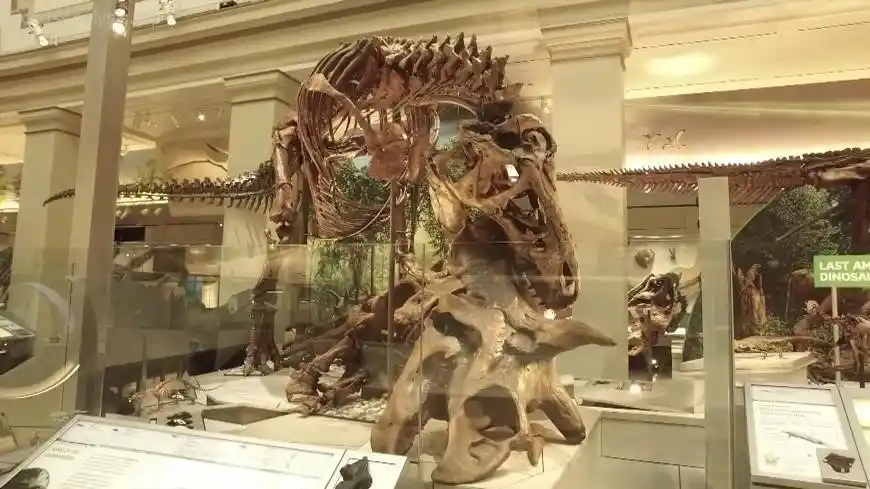
Dining Options
While the museum itself has a café with a selection of sandwiches, salads, and snacks, there are plenty of dining options within walking distance:
- Old Ebbitt Grill: A D.C. institution, this classic restaurant is just a few blocks from the museum and serves fresh seafood, steaks, and American fare.
- Founding Farmers: A popular spot among locals and tourists, offering hearty American comfort food, including breakfast all day.
- The Hamilton: An upscale restaurant offering a wide variety of dishes from American cuisine to international favorites, located nearby in the heart of D.C.
- Shake Shack: For a quicker, casual bite, this famous burger chain offers great options for a fast meal in a fun atmosphere.
Family-Friendly and Group Travel Tips
The Smithsonian National Museum of Natural History is incredibly family-friendly, with interactive exhibits and hands-on activities designed to engage children. For families, here are some additional tips:
- Take advantage of the Insect Zoo and Butterfly Pavilion for interactive learning experiences.
- Visit the Discovery Room, where kids can explore real specimens and learn more about the museum’s collections.
- The museum offers family guides and interactive mobile apps that provide fun activities for children to do as they explore.
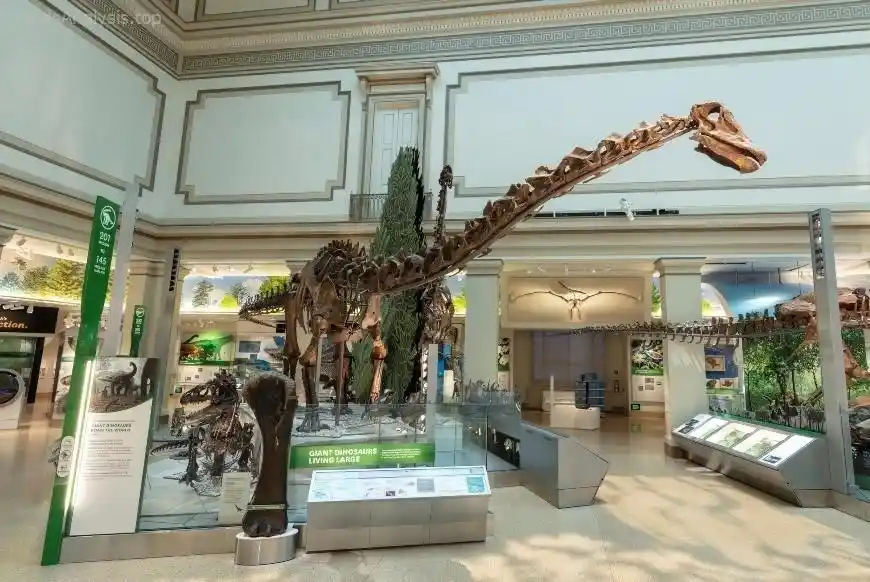
For group visitors, it’s a good idea to arrive early to avoid large crowds and to ensure that everyone can enjoy the exhibits without feeling rushed.
Instagrammable Moments and Photo Opportunities
If you’re looking to capture stunning photos, here are some of the best spots for snapping shareable moments:
- The Rotunda, with the African Bush Elephant as your backdrop.
- The gigantic blue whale model in the Ocean Hall.
- The illuminated Hope Diamond, with its captivating blue hue.
- The colorful and serene Butterfly Pavilion.
Travel Tips and Transportation
Getting There
- Metro: The Smithsonian station on the Orange, Silver, and Blue lines is the closest metro station to the museum. It’s a short walk from the station to the museum’s main entrance.
- Bus: Several bus routes serve the National Mall area. Check local schedules for convenient stops near the museum.
- Walking: The museum is centrally located, so if you’re staying nearby, walking is an easy and scenic way to reach it.
Parking
Parking around the National Mall can be limited and expensive. It’s recommended to use public transportation or ride-sharing services like Uber or Lyft.
Safety and Etiquette Tips
- Be respectful of other visitors, especially in crowded exhibits.
- Keep your voice low, particularly in more serene areas like the Butterfly Pavilion.

